Updated June 19, 2023 by Ame Vanorio
Love a cup of tea? You’re not alone. Tea is the most popular drink in the world after water. But did you know you can make it from plants in your backyard?
Foraging for tea is a great way to get familiar with the many edible plants around you and their specific properties and flavors. Making your own herbal teas or tisanes is also one of the simplest ways to get the health benefits of wild plants.
Just a short walk outside likely passes many common plants which can be used to brew tea at home. You may be surprised by the number of plants you see that can be used to make tea, including some that are sold at high prices in health food stores.
This article will give a quick overview of wild tea, including 9 common plants to forage. All of these recipes are naturally decaffeinated, full of beneficial nutrients, sustainable, and totally free to enjoy.
SUSTAINABILITY AND WILD TEA
The commercial tea industry faces many challenges in sustainability. Much of the tea we consume in the USA is grown in warm countries without minimum wage laws, where workers are very poorly compensated for highly strenuous work.
Buying Fairtrade tea and growing or foraging your own can help combat these social issues.
Tea cultivation also requires lots of fresh water, fertilizer, and land, which places a strain on natural resources. Commercial tea bags often contain plastic and synthetic chemicals, which may harm natural ecosystems after their disposal.
Rainforest Alliance certified tea companies are working towards social and environmental responsibility in the sector by supporting local tea farmers around the world. Some of your favorite brands including The Republic of Tea, Yogi, Pure Leaf, and Lipton are supporting sustainability.
In addition to consuming commercial tea more consciously, foraging your own herbal blends avoids the harmful environmental impacts of tea production.
Check out my YouTube channel
A good tea strainer is a must have when making your own teas
EVERGREEN TREES
Evergreen needles are easily found throughout the USA and are a great place to start when foraging for tea. They are very fragrant and rich in vitamin C and multiple antioxidants.
These teas generally taste like the smell of the winter holidays, but needles from different species take on distinct flavors.
Young needles make the best tea, as older ones tend to accumulate bitter tannins over time. Needles should, therefore, be harvested from the tip of branches, where they’re often lighter in color. Though new growth in early spring makes the best tea, young needles can be harvested year-round.
To make evergreen tea, just pour boiling water over a large handful of needles and let them steep for around 10 minutes. Cutting up the needles with scissors makes it easier for the needles to infuse.
Steeping evergreen teas overnight in cold water instead or as sun tea avoids releasing the bitter tannins, or a sweetener can help balance their flavor.
Fir
I love fir tea. Spruce and fir needles make the most Christmassy teas, with a very familiar evergreen scent. This sharp flavor is wonderful when paired with a sweetener like honey.
The needles of the fir tree are flat and they attach to the twigs at the base. They also have two white lines on the bottom and tend to curve upward. The fir cones stand upright, from the branch, like candlesticks.
Check out this Fir Needle Forest Chai Blend
Pine
Pine makes a milder tea and is slightly more acidic. Pine needles also make delicious tea and are quite high in vitamin C.
To make pine needle tea, start by gathering fresh pine needles from a healthy pine tree. Choose needles that are pale green and avoid any brown or yellow ones.
Next, remove any brown tips or sheaths from the collected needles. Rinse the needles with cool water to remove any dirt or debris. Then, chop the needles into smaller pieces to release their flavor and aroma.
Place the chopped needles into a teapot or a heat-resistant container. Bring water to a boil and pour it over the needles, allowing it to steep for 10-15 minutes. Strain the tea into a cup and enjoy it hot, or let it cool down and serve it over ice.
Cedar Tea
Cedar tea, also known as juniper tea, is a soothing and aromatic beverage made by steeping the leaves and twigs of the cedar or juniper tree.
Cedar tea is sweeter and stronger than the other evergreen teas.
Cedar tea is known to have numerous health benefits, including boosting the immune system, improving digestion, and relieving respiratory conditions.
The tea possesses a pleasant earthy taste, with hints of pine and citrus, making it a delightful and refreshing drink. Whether enjoyed hot or cold, cedar tea is a natural and invigorating choice that brings both comfort and wellness to those who savor it.
Trying out these recipes is a great way to learn to identify major groups of conifers, and to explore the variety they have to offer in scent and flavor. You’ll have a free hot drink on hand year-round!
I love a fun tea set especially when it has a removable strainer built in
YEW
One evergreen to avoid is the yew. Both the berries and needles are toxic.
I would encourage you to take a class at a local nature center or extension office before foraging especially if you are unfamiliar with local species.
MINT FAMILY
The mint family contains a number of common wild species that can be used in natural medicines and herbal teas. Members of the mint family have opposite leaves, bilaterally symmetric flowers, and distinctive square-shaped stems.
Mint is quite hardy and relatively easy to cultivate yourself for a constant supply of soothing mint tea without foraging.
Read our article Growing and Using Mint
Ground ivy, purple deadnettle, henbit, common self-heal, wild basil, and bee balm can be commonly found in meadows and roadsides across the country and can all be used to make teas.
Though these plants are members of the mint family, not all of them taste like mint. For example, self-heal has been used to treat cold symptoms, allergic reactions, inflammation, and heart issues. Self-heal tea is not minty, but bitter, and the flowers lend a slight sweetness.
The Delightful Infusion of Wild Basil in Your Tea
If you are looking to embark on a sensory journey and elevate your tea-drinking experience, consider adding aromatic, wild basil to your brew. With its calming fragrance reminiscent of peppermint and cloves, wild basil adds a unique and invigorating twist to your daily cup of tea.
Whether you are seeking relaxation or an immune boost, this delightful herb has an array of health benefits. Wild basil is known for its antibacterial and anti-inflammatory properties, making it an excellent choice for soothing upset stomachs and reducing inflammation.
Its natural aroma can also aid in alleviating stress and promoting a sense of tranquility. Wood sorrel and wild basil can be combined for a natural lemon and mint tea.
Mullein Plant, closeup of leaves, and the delicious final product! Pictures by Kaia Waxenberg
MULLEIN
Mullein has long been used as a natural remedy for a range of ailments, from respiratory to urinary issues. It can be easily identified by its tall spikes of yellow flowers and large, velvety leaves. Though native to Eurasia, it has become a very common invasive species throughout the US.
Mullein leaves and flowers contain mucilage, which soothes our internal mucous membranes, and saponins which help loosen mucus for more effective coughs. These properties make mullein tea an effective treatment to alleviate sore throat or cold symptoms.
The tea can be made from fresh or dried flowers and leaves of the plant. Boil a few tablespoons of the leaves and flowers in water for a few minutes. Mullein leaves are covered in tiny hairs that can irritate the throat, so it is important to strain the tea through a cheesecloth or coffee filter before drinking it.
Mullein makes a rich, soothing herbal tea with an earthy flavor. Adding a bit of cinnamon to the water as it boils and sweetening with honey at the end creates a flavor almost like that of a sweet rooibos tea.
ST JOHN’S WORT
St John’s wort is a common yellow wildflower that grows across North America and Eurasia in sunny meadows and pastures. St John’s wort has long been considered a treatment for mild anxiety and depression and is the active ingredient in some over-the-counter natural medications here in the USA.
At high densities, St John's wort can be toxic to grazing livestock. This is because it contains the chemical hypericin, which increases the sensitivity of the skin to the sun. In the small quantities taken by humans in herbal medicines or tea, hypericin is perfectly safe.
Dried or fresh flowers and buds of this common weed make a calming fruity tea that can be cold-brewed overnight or steeped in boiling water for 10 minutes. St John's wort may decrease the absorption of certain drugs, so be sure to research these interactions if you are currently on any medications.
Wild Raspberries
Wild raspberries are common throughout North America and Eurasia. The berries are great but the leaves make a tea with a strong aroma and sweet taste.
Raspberry tea makes a fabulous iced tea. I think its a great pick me up after laboring in a sunny garden.
Gathering wild raspberry leaves for tea is a delightful way to connect with nature and enjoy the healing properties of this plant. To begin, find a patch of wild raspberry bushes in a natural, pesticide-free environment.
Carefully observe the leaves, selecting those that are vibrant green and free from damage or disease. With a pair of scissors or pruning shears, gently snip off a few healthy leaves from various branches, leaving enough behind for the plant to continue thriving.
Once collected, rinse the leaves under cool water and pat them dry. To preserve their aroma and flavor, place the leaves in a well-ventilated area, away from direct sunlight, and allow them to dry completely. Once dried, the raspberry leaves are ready to be brewed into a soothing and antioxidant-rich tea.
Red and White Clover
Clover tea is made from the blossoms. Clover is everywhere and this is another great reason to let it grow in your yard. Red clover tea has a sweet, earthy flavor and aroma. White clover tea has a slightly sweet flavor with a hint of vanilla.
Place 1-2 teaspoons of dried red clover flowers in a cup or mug and pour boiling water over the herbs. You can then steep the herb for 10 minutes before straining it with a tea strainer. Enjoy your tea hot or cold.
The chemical diversity which makes wild teas so interesting and varied also lends toxicity to certain plants. Even plants that are generally non-toxic can be harmful in large doses or when taken by certain people.
For example, red clover can be used to make lovely floral tea but can be harmful to women when taken in large doses. This is because natural chemicals in the flower mimic human estrogen hormones.
Gather Sustainably
Foraging sustainably is very important. Know what grows readily in your area and make sure to not harvest any plants that are vulnerable. Also, make sure you are harvesting where it is permitted and where no pesticides are used.
Make sure the plant is in abundance and leave plenty for pollinators and local wildlife. Stick to the trails so you are not crushing any native plants.
Bring your children or young friends with you! Foraging is becoming a forgotten art. Not only is foraging a way to provide healthy foods but it is a great way to introduce our children to the woods and fields. Everything is connected.
The wild plants discussed here are just the beginning of the many species that can be foraged in the wild and used to make herbal tea. Some other common wild teas include dandelion, sumac, stinging nettle, and pineapple weed to name just a few. Exploring and learning to identify the plants around you is a great way to discover more varieties that can be used in homemade brews.
Resources
Here are some great resources that I use for learning to identify wildflowers and trees. (Amazon links)
The Edible Wild Plants Bible: [7 In 1] The All-In-One Guide to Identifying, Harvesting, Foraging and Cooking Edible Wild Plants Without Fear | Colorful Edition
I have the Midwest one but they have these for many regions of the country.
Midwest Foraging: 115 Wild and Flavorful Edibles from Burdock to Wild Peach (Regional Foraging Series)
Wild Basil photo by Kaia Waxenberg You can read our article on Growing and Using Basil
Take Away
Be sure to take care when identifying wild plants before ingesting them, and do your research before trying anything new. Take care to only harvest what you intend to use, and avoid harvesting in areas sprayed by pesticides or herbicides, or very close to the road. Give wild plants a thorough rinse before brewing your tea. Happy foraging!
Guest Author Kaia Waxenberg is a native New Yorker and aspiring conservationist. Having just graduated from college, she will be starting graduate work at the University of Edinburgh. Quarantine has given Kaia some unexpected time back home in the US, which she has spent hiking, studying, and gardening.
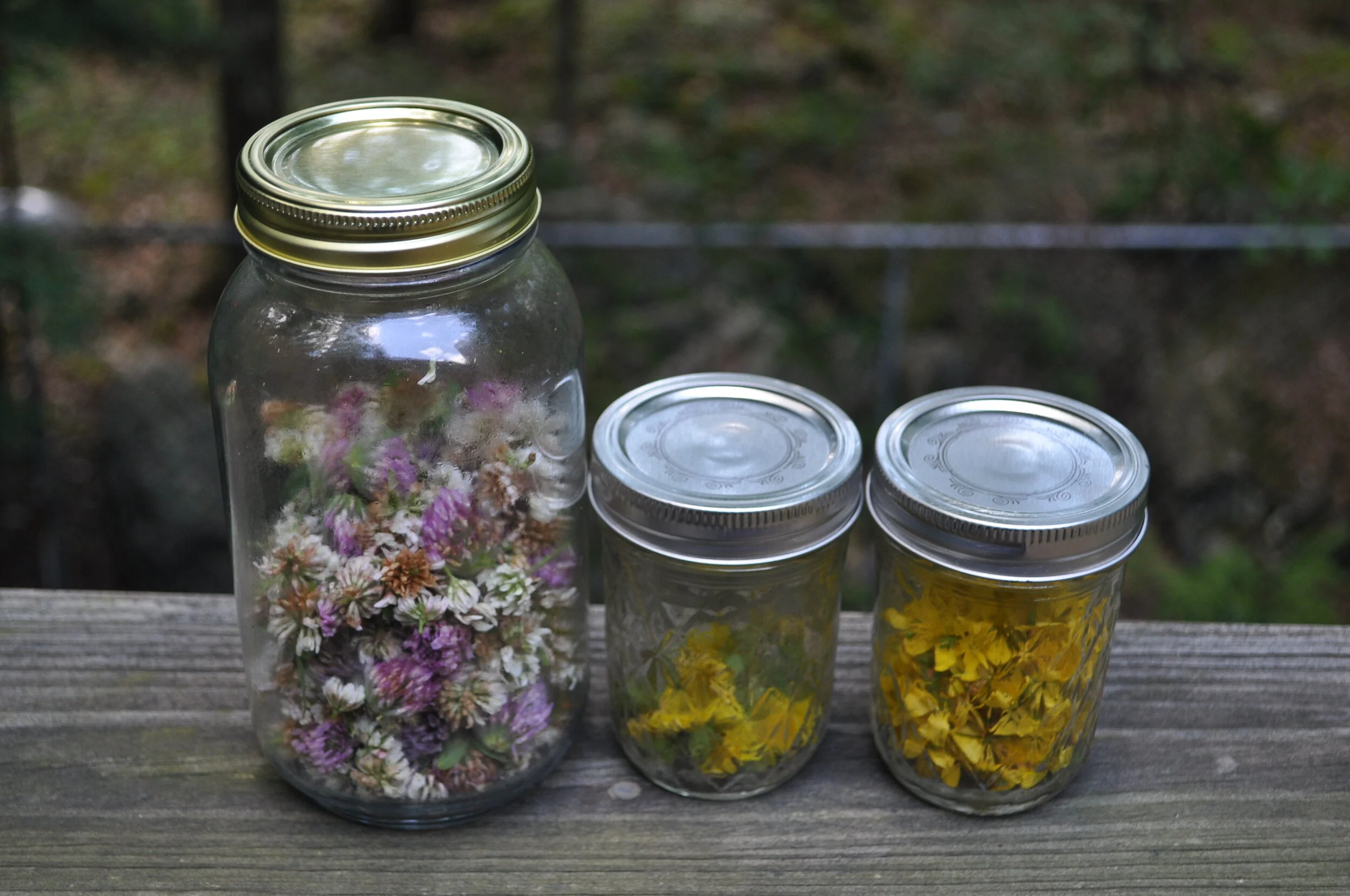


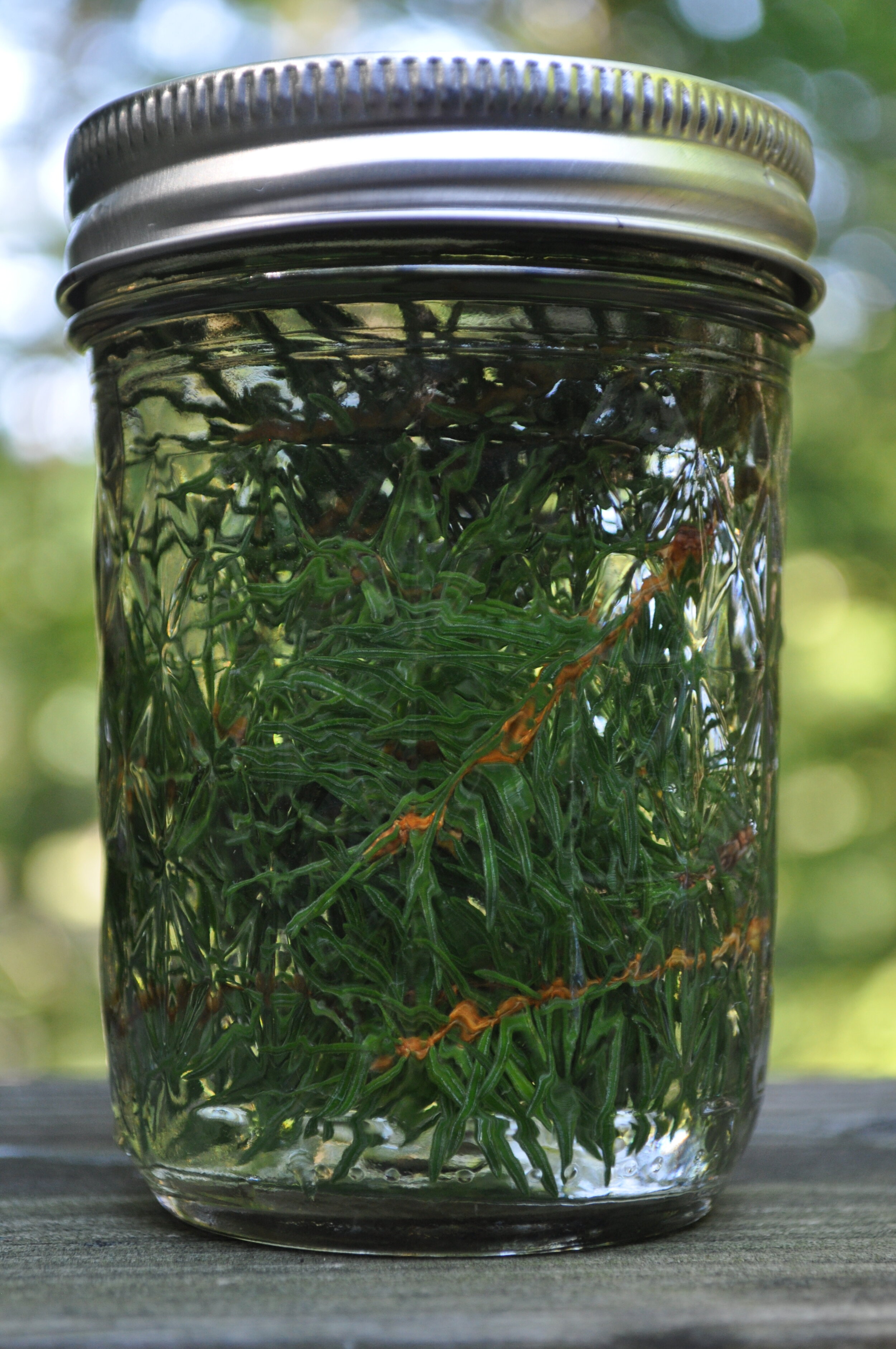





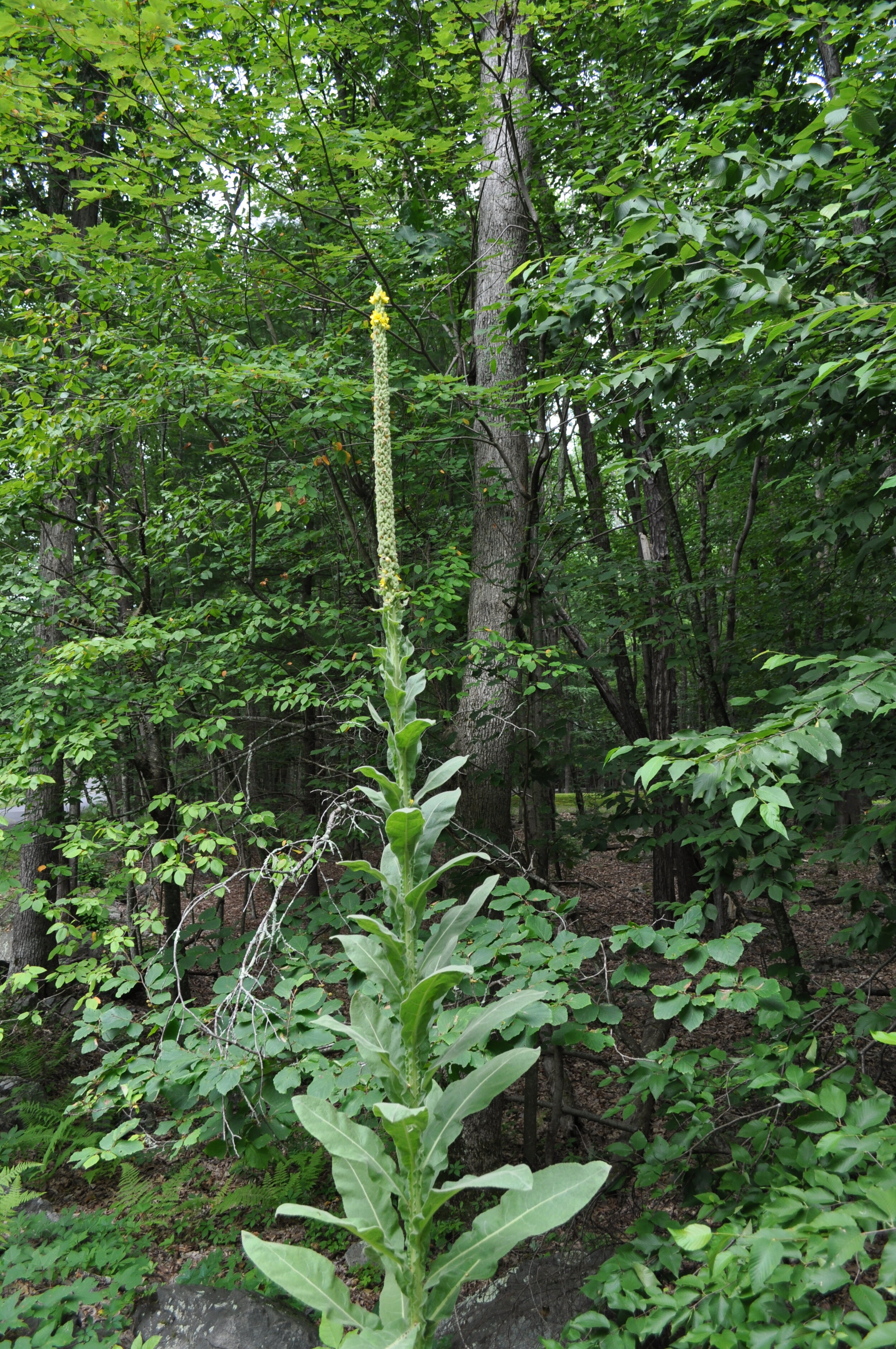

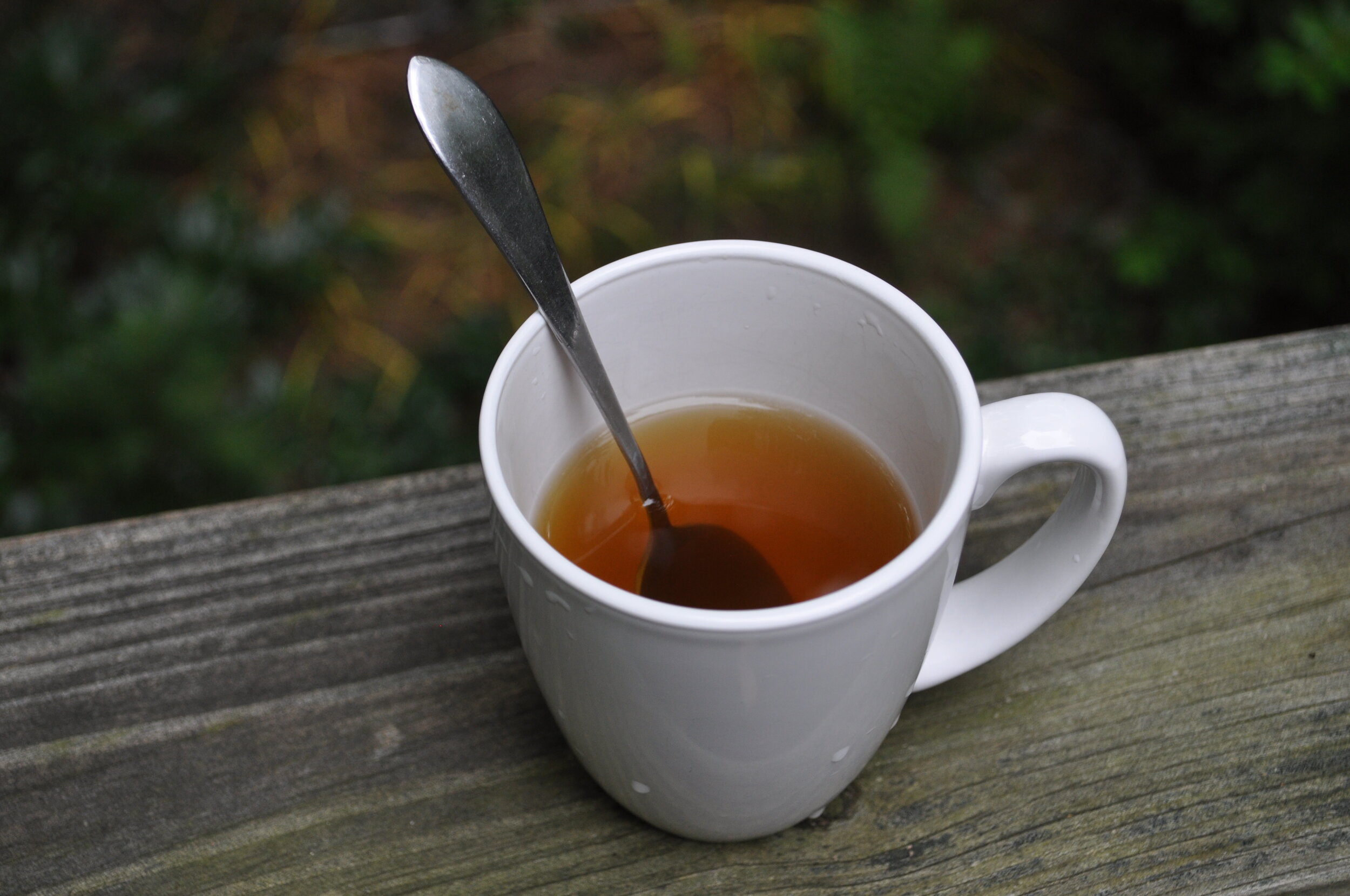
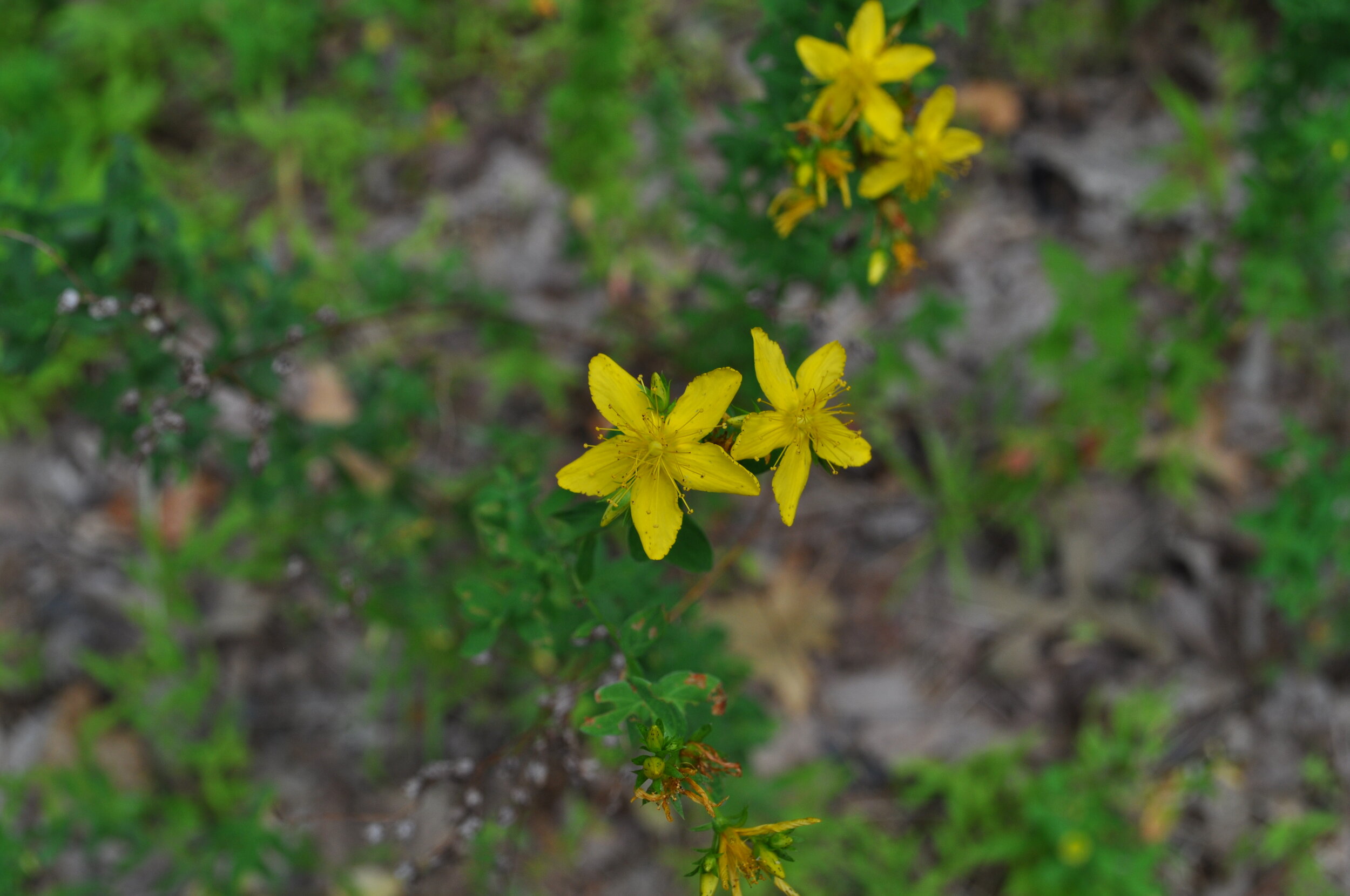





Dandelion may have a bad reputation, but it is not just a pesky garden weed. From chai tea to salad to herbal medicine, dandelion is one of the most versatile plants you can forage.
This post will give a quick overview of the many potential diet and health benefits of adding dandelion to your cooking, followed by a look at the many possible uses of this versatile plant in the kitchen.
I will share some of my favorite uses with you, including dandelion smoothies, pesto, roasted roots, and a coffee alternative!